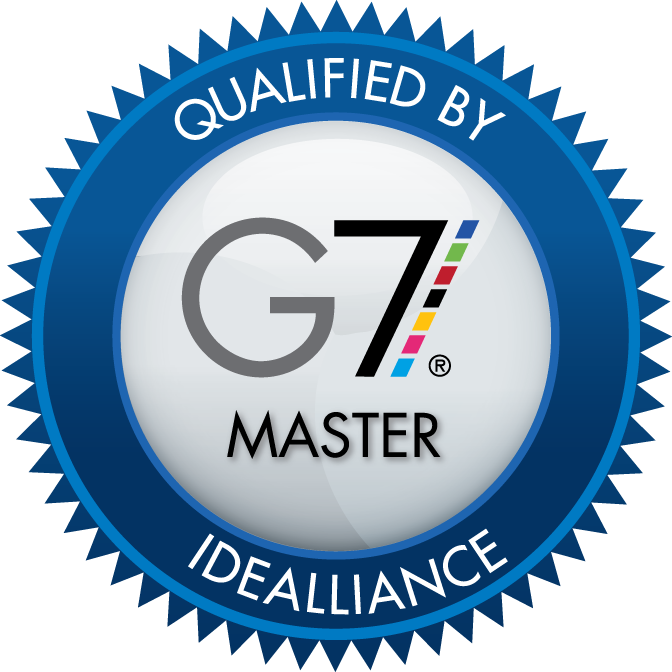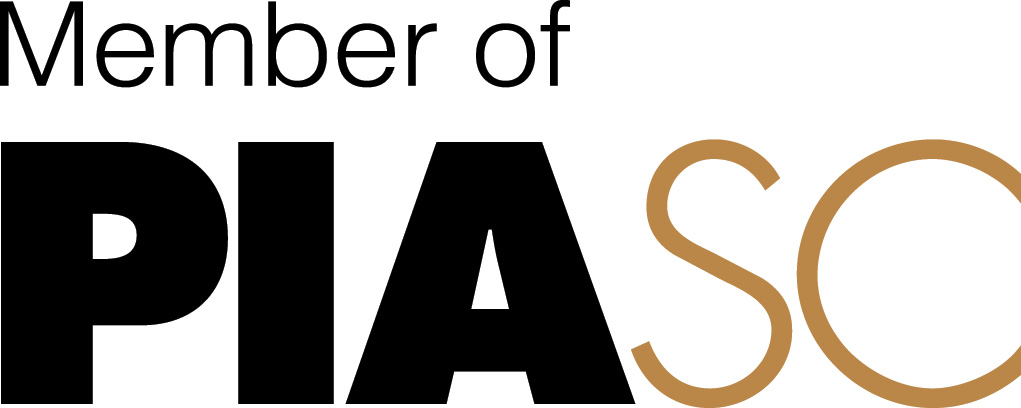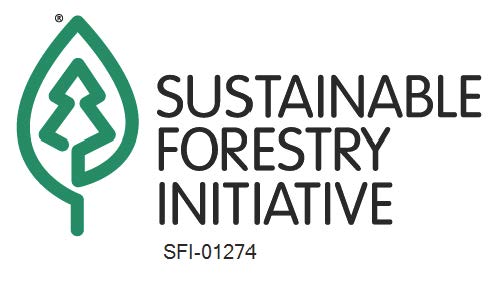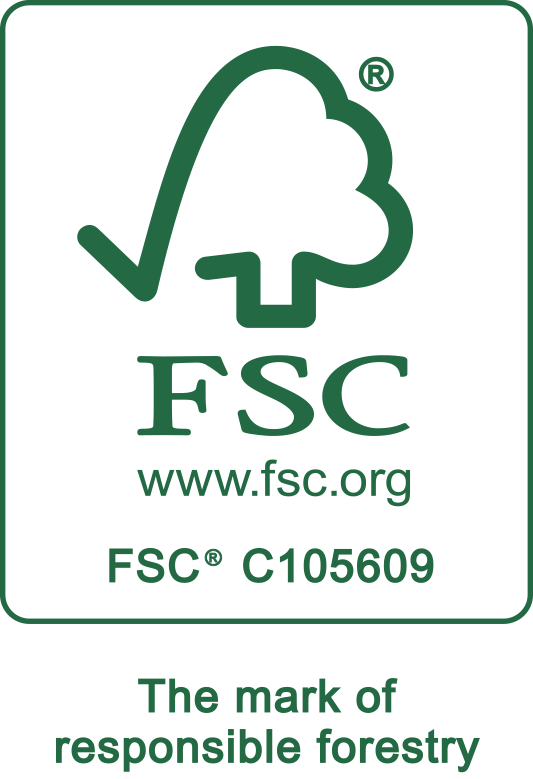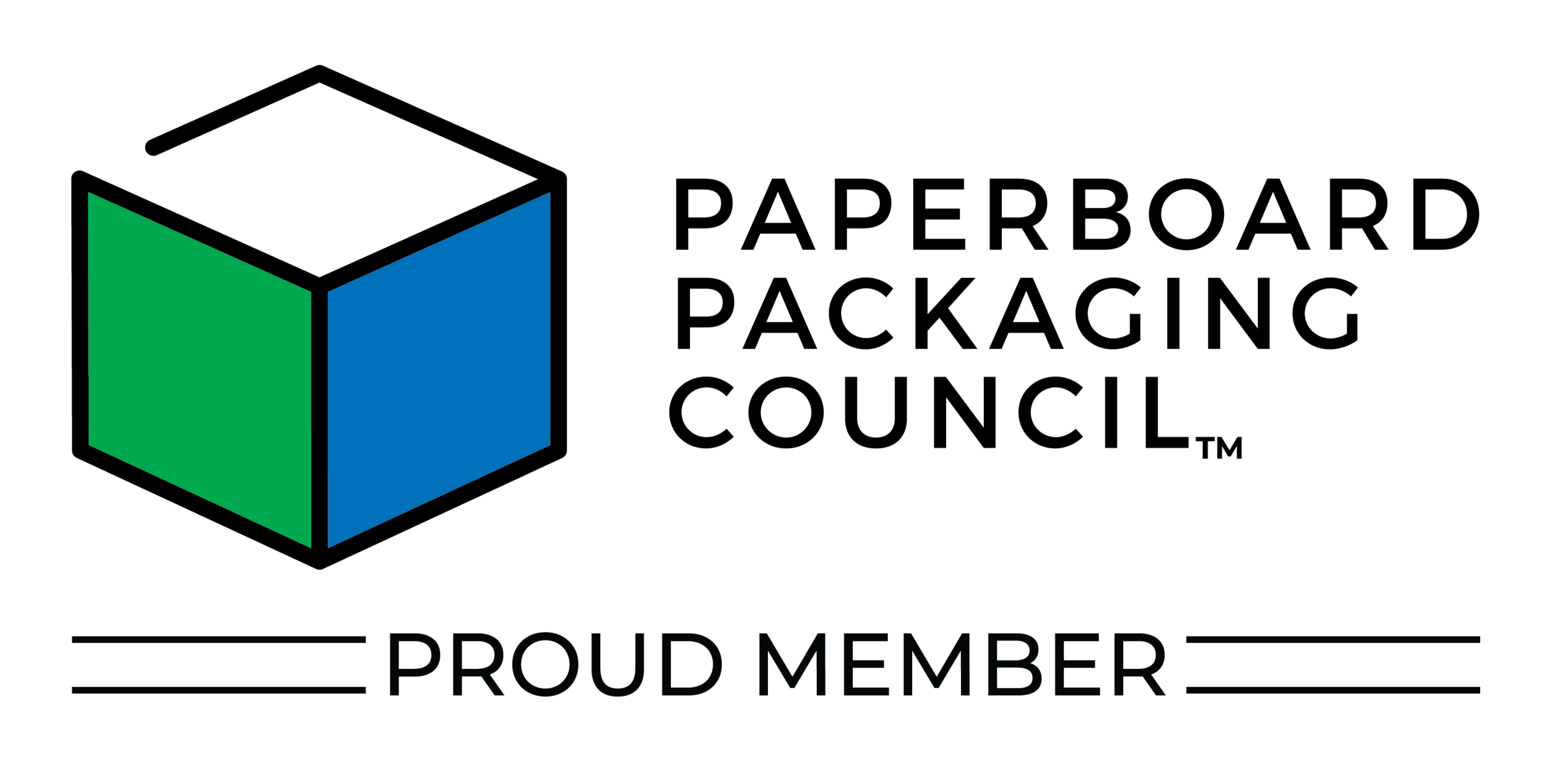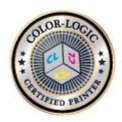Printing Impressions -- Senior Editor Erik Cagle
LARGE-FORMAT sheetfed offset printing means different things to different printers. But, whether it’s the ability to be more competitive in package printing, outdoor signage, taking advantage of the larger sheet size, or finding new applications for uncommon substrates, there seems to be ample reasons for printers to acquire these mini monsters.
Bernie Lacy has dreams of making it big in show business. For now, the owner of Indianapolis-based Litho Press is content with expanding his sheet size for the retail signage market.
Lacy believes the addition of his 73" manroland 900 XL press is a perfect fit for applications geared toward the movie/entertainment industry. Litho Press, which also owns a 56" Roland 900, had been farming out any work over the 64" size. With the recent arrival of the new large-format XL model, current customers have brought more work to Lacy’s doorstep.
“The biggest market for us is other printers that either don’t have a large-format press or can’t fit the work into their own schedule,” Lacy says. “The manroland press has been fantastic. It just allows us to get more work out the door, and we’ve been able to produce more with less people, in less shifts. The bigger size is also taking work away from our competitors.”
Litho Press has UV capabilities on all of its press equipment, with a bulk of the load going toward retail signage, along with printing on plastics and work for silk screen companies.
Another shop, Superior Graphic Packaging of Los Angeles, found itself at a crossroads about five years ago. Parts for some of the printer’s older large-format presses were no longer being made, and it was getting tougher (and more costly) to find replacement parts. The firm would either need to commit to a new generation of presses, or cut bait.
The Quality Swing
Since there is little money to be made in cutting bait, Doug Rawson—president and CEO of Superior—opted to purchase a Roland 900 XXL. A little more than a year later, a 63" KBA Rapida 162a sheetfed press was added. The swing in quality, reduced makeready times and degree of throughput was palpable. The presses were such a game changer that Superior experienced growing pains.
“We terribly underestimated the amount of training and the errors that could occur due to the complexity and speed the sheets were coming out,” Rawson admits. “We underestimated the length of time and the expenses involved. Some people are good drivers at 90 miles an hour, but not at 200 mph. So, we had to make some personnel changes because of it.”


